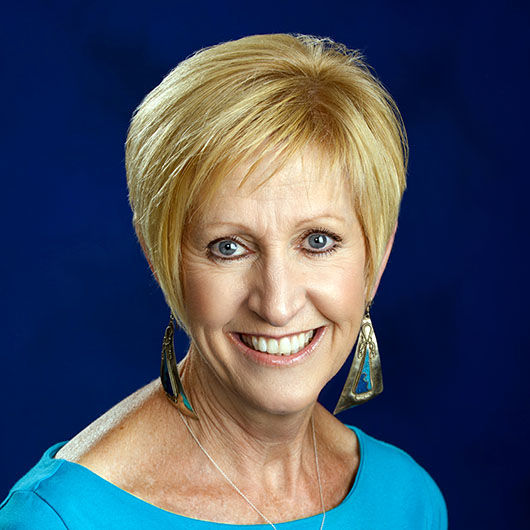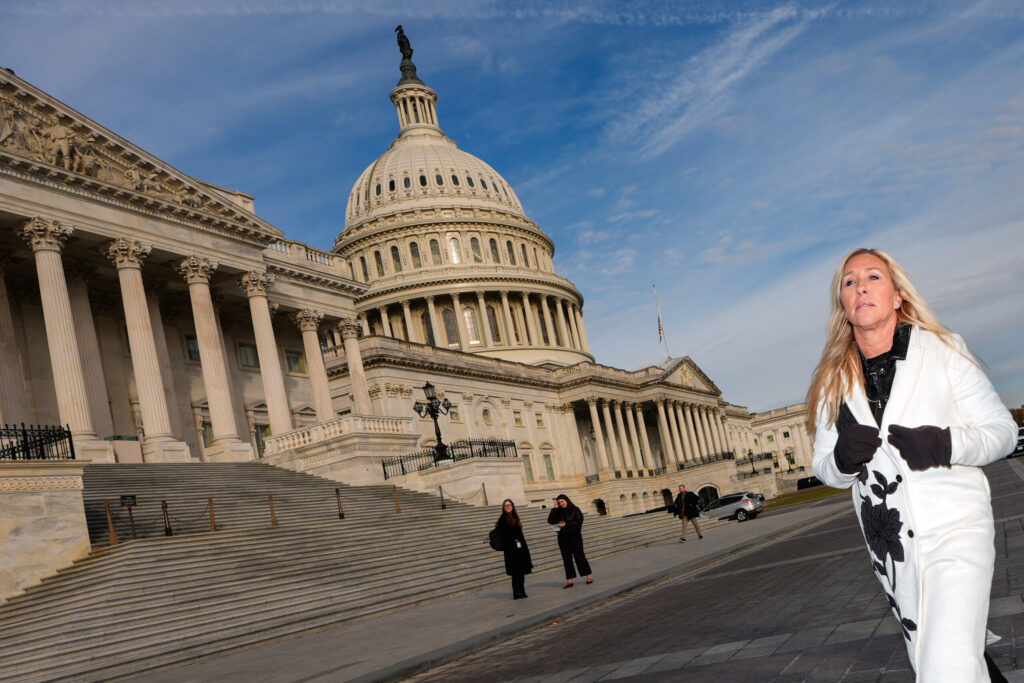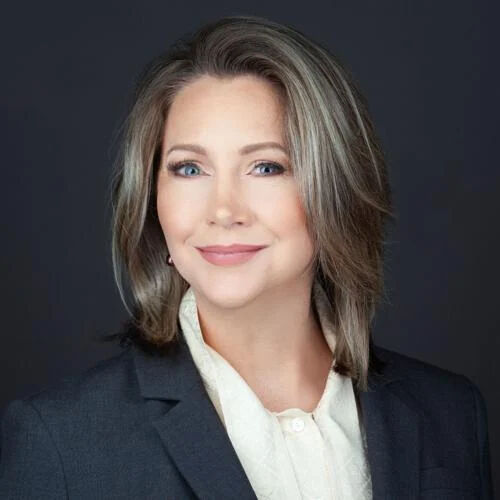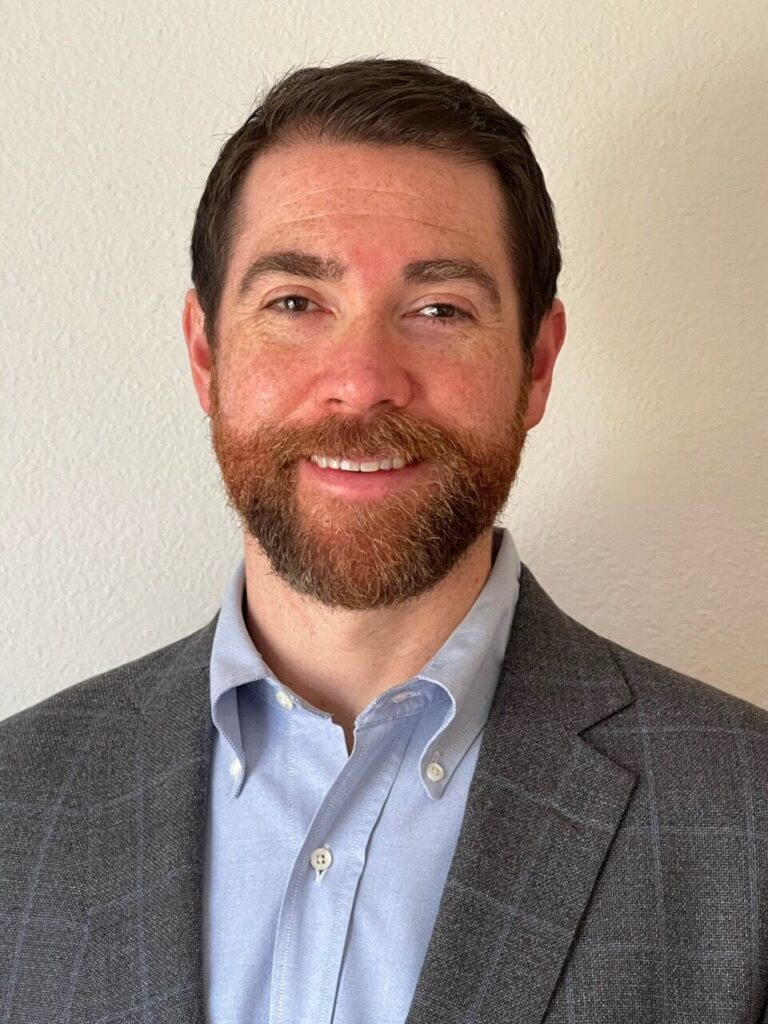Flood: Charter school students deserve equal footing on funding

Charter schools have been part of Colorado’s public school family for over 20 years and currently serve over 108,000 kids in 226 schools across the state. If combined, charters would represent the largest school district in Colorado.
Despite this enormous popularity and success, charter public school students remain at a distinct disadvantage when it comes to the resources committed to their education. The average charter school student in Colorado still only receives 80 cents on the dollar compared with his or her traditional public school peer, a disparity that is fundamentally wrong and that two bills currently before the state Legislature — Senate bills 187 and 188 — seek to address.
One of the biggest contributors to the funding disparity confronting charter schools is a wide variance in local tax distribution. Of the 35 districts across Colorado that currently authorize charters and collect mill levy override revenue from their residents, only about a third of them come close to sharing this revenue equitably with their charter schools. Collectively, this impacts over 40,000 children across the state to the tune of at least $20-25 million per year.
Should one child’s public education be valued any less than another’s? Should taxpaying families be penalized simply for sending their child to one type of public school over another?
And local tax dollar distribution is not the only inequity charter public school students continue to confront. They also face inequities related to facilities access, access to competitive grant programs, and access to certain state and federal funds, all of which Senate Bills 187 and 188 seek to address.
In an effort to derail these efforts toward equity, opponents of these measures have made a number of misrepresentations of charter schools in recent weeks. I want to address some basic facts about charter public schools in Colorado.
First of all, charter public schools are just that — public. There is no such thing as a private charter school, and as members of the state’s public school family, charter schools are:
– Tuition-free;
– Accountable to the same standards and assessments as all other public schools in the state; and
– Open to all children and cannot have special entrance exams or test-in requirements.
Yes, we are overseen by our own independent governing boards — an independence that often leads to the innovation we are recognized for — but that does not change the fact that we are still accountable to the same publicly elected boards as all other schools in the state. That’s because it’s those boards that hold our charters — our contracts — and it’s those boards that can ultimately decide whether to renew or revoke that contract.
Which leads to the second fact I want to address, which is that just because something is governed by a different form of accountability, that doesn’t make it any less accountable — in fact, it may even be more so.
While charter schools do have flexibility over certain key inputs such as staffing, budget and curriculum, what’s important to remember is that we do not have flexibility over what matters most – the outcomes we are getting for kids. If a charter public school is not hitting its performance targets and getting positive results for students, the district can revoke or non-renew its contract. In fact, if a charter continually underperforms, the timeline for districts to begin closely examining and considering action against that school is just two years, whereas this same timeline can be as much as five years in the case of other poor-performing public schools.
Lastly, Colorado charter public school students are a very diverse group, and the data shows that charter school enrollment reflects a diversity that is very similar to that seen in our state’s traditional public schools. Currently, 46.9 percent of Colorado charter public school students identify as students of color compared to 45.7 percent of the state’s traditional PreK-12 public school students. Additionally, 15.5 percent of Colorado charter public school students identify as English Language Learners compared to 14.5 percent of the state’s traditional PreK-12 public school students.
Charter schools and their students are a full-fledged part of our state’s public education system, and it’s time that the funding and resources we devote to them begin to reflect this reality.
Colorado Politics Must-Reads:













